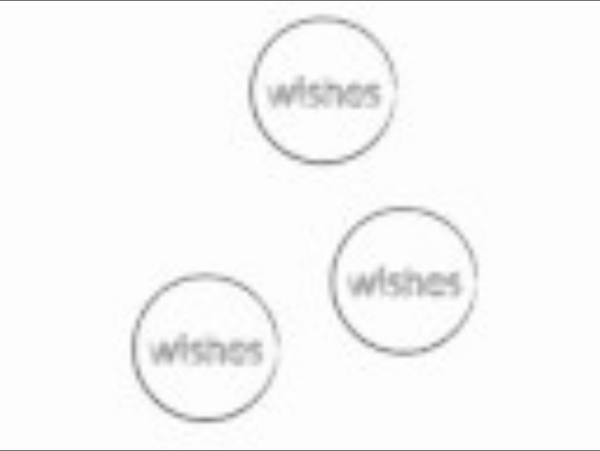



http://www.youtube.com/watch?v=bsNcjya56v8
Digital Writing Workshop - Digital Writing, Digital Teaching Dear Educator: Tomorrow (well, technically today by the time I am done writing this) is the second annual Digital Learning Day. Cool. I’m all for digital learning, as the title of my blog implies. But, as we prepare for the onslaught of tweets, blog posts, videos, webinars, and other celebrations, it is worth exploring the definition of “digital learning” that the group is promoting, as well as the background of the Alliance for Excellent Education’s president, Bob Wise.
The Road to Web 3.0" Out of all the Internet buzzwords and jargon that have made the transition to the public consciousness, "Web 2.0" might be the best known. Even though a lot of people have heard about it, not many have any idea what Web 2.0 means. Some people claim that the term itself is nothing more than a marketing ploy designed to convince venture capitalists to invest millions of dollars into Web sites. It's true that when Dale Dougherty of O'Reilly Media came up with the term, there was no clear definition. There wasn't even any agreement about if there was a Web 1.0. Other people insist that Web 2.0 is a reality.
What Is Web 2.0 - Da O'Reilly 2005 by Tim O'Reilly 09/30/2005 Oct. 2009: Tim O'Reilly and John Battelle answer the question of "What's next for Web 2.0?" in Web Squared: Web 2.0 Five Years On. The bursting of the dot-com bubble in the fall of 2001 marked a turning point for the web. Many people concluded that the web was overhyped, when in fact bubbles and consequent shakeouts appear to be a common feature of all technological revolutions. Shakeouts typically mark the point at which an ascendant technology is ready to take its place at center stage. 2¢ Worth Listen A few weeks ago I worked and attended North Carolina's ISTE affiliate conference. I opened the NCTIES conference with a breakfast keynote address and Marc Prensky closed it with a luncheon keynote the next day. Sadly, I missed the second day of the conference. I would first offer some constructive criticism to NCTIES , and to all such ed-tech conferences across the nation and around the world.
How Web 3.0 Will Work" You've decided to go see a movie and grab a bite to eat afterward. You're in the mood for a comedy and some incredibly spicy Mexican food. Booting up your PC, you open a Web browser and head to Google to search for theater, movie and restaurant information. Common European Framework of Reference for Languages: Learning, teaching, assessment (CEFR) The CEFR: transparent, coherent and comprehensive The result of over twenty years of research, the Common European Framework of Reference for Languages: Learning, teaching, assessment (CEFR) is exactly what its title says it is: a framework of reference. It was designed to provide a transparent, coherent and comprehensive basis for the elaboration of language syllabuses and curriculum guidelines, the design of teaching and learning materials, and the assessment of foreign language proficiency.
Educational Technology Bill of Rights for Students The following are what I believe are the rights of all student to have with regards to using technology as an educational tool, written as a student to their teacher: 1) I have the right to use my own technology at school. I should not be forced to leave my new technology at home to use (in most cases) out-of-date school technology. 24 Google Doc Hacks for Every Teacher By Reuben Yonatan As a teacher, it can be hard to stay organized, especially if you have hundreds of papers coming in and out of the classroom on a weekly basis. That’s where file sharing can come in handy. A file sharing program like Google Docs is a great way to have all those hand outs, sign up sheets, and lesson plans organized and stored in the cloud. That way, you can share them with colleagues and parents at the click of a button. Not only is Google Docs helpful for organization and storage, it’s also a great collaborative learning tool.
Google Cloud Print: It's Actually Awesome, and Here's How to Set It Up Since I don't plan to buy a Wireless printer for now, the only GOOD use I can think of this is to print directly from my phone WITHOUT mail-myself/dropbox-ing the file, turn on the PC, login, search the file, open the file, print, close, etc. etc. etc.) so I did this: (Keep in mind that this procedure is useful to me ONLY BECAUSE I am already in my house, and thus, I just pick the printed pages and turn off the PC and Printer): Preliminary Steps: 0) Sign to Google Chrome Print.